This post is part of our Cloud Computing Foundations series. Build your skills further by taking our Introduction to Cloud Computing certification course.
There are four types of cloud environments:
- Private cloud
- Public cloud
- Hybrid cloud
- Multicloud
Let’s take a closer look at each.
Private Cloud
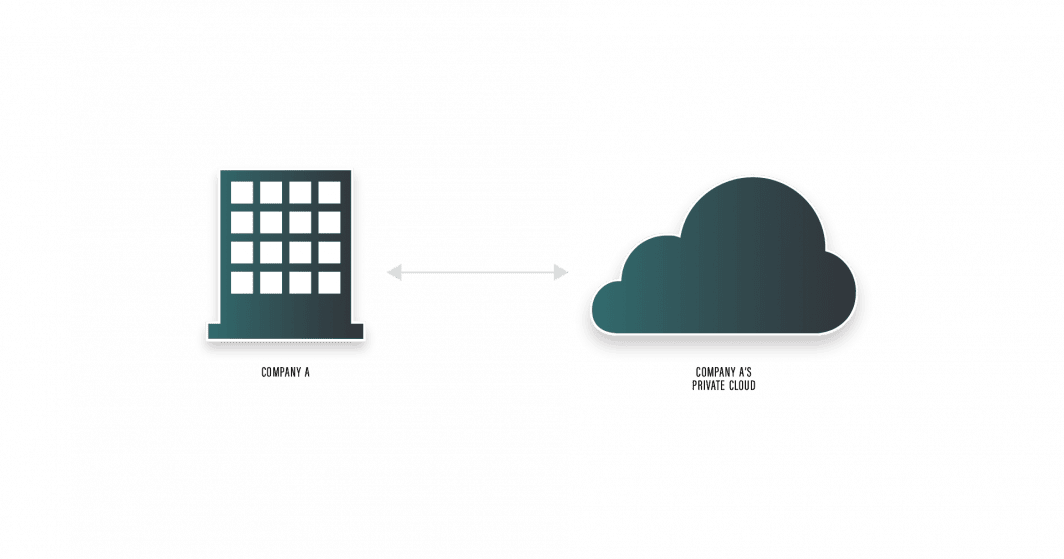
A private cloud environment is a type of cloud infrastructure dedicated to a single organization or individual and hosted either on-premises or in a third-party data center. In a private cloud, you (or an organization you work for) have complete control over an application’s infrastructure, hardware, and security. You (or a member of an organization) can access the private cloud over a private network or virtual private network (VPN).
For example, a healthcare provider might use a private cloud to store and process their patient’s medical records. They would have full control over the servers and infrastructure, ensuring that only authorized personnel have access to the data. This also allows them to comply with strict HIPAA regulations and other security mandates.
While private clouds offer more control and security, it’s worth noting that they can be more expensive to set up and maintain than other types of cloud environments.
Public Cloud
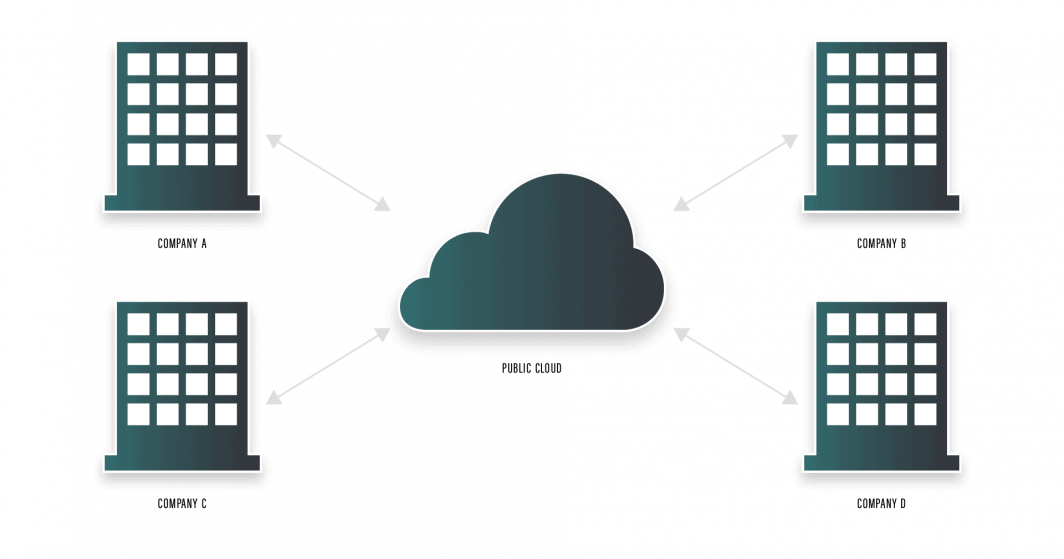
A public cloud environment is a type of cloud infrastructure where computing resources are shared among multiple organizations and managed by a third-party cloud service provider. In a public cloud, resources like servers, storage, and networking are owned and operated by the cloud provider, and users can access them on demand over the internet.
Public clouds are often used by businesses to host and scale their applications, store data, and take advantage of other cloud services. For example, a startup might use a public cloud to host their website, databases, and backend services and process and analyze large amounts of data using cloud-based analytics tools.
While there are many benefits to a public cloud, it’s important to be mindful of the potential downsides. Since resources are shared among multiple users, there is a risk of data security breaches and data loss. Public clouds can also be more vulnerable to outages and downtime, as they are subject to network congestion and shared resources.
Hybrid Cloud
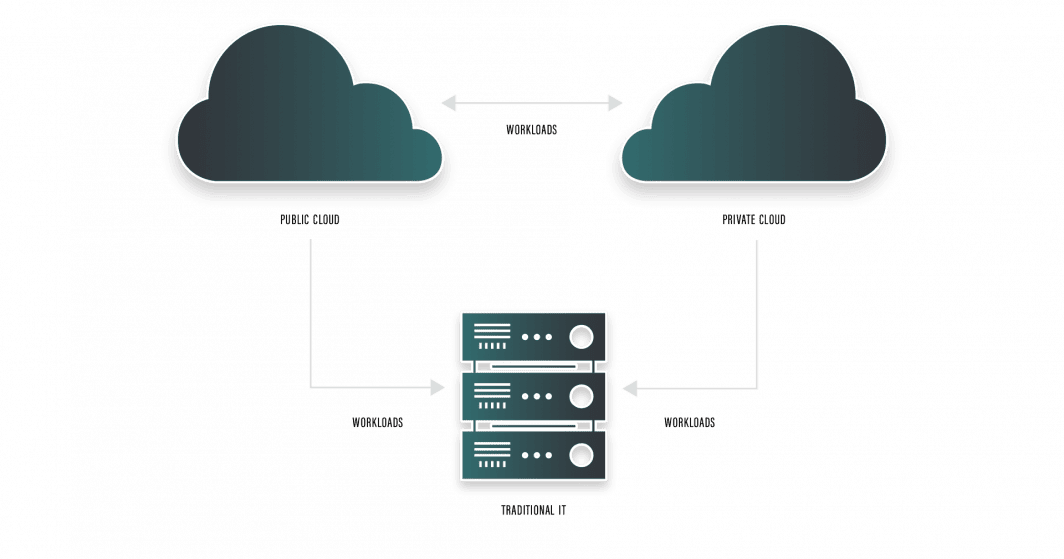
A hybrid cloud environment combines private and public clouds that can be managed as one unified environment. In a hybrid cloud, an organization can leverage the benefits of both private and public clouds to meet their specific needs.
Hybrid clouds can provide greater flexibility and control. By leveraging both private and public clouds, we can balance the need for security, cost-effectiveness, and scalability.
We can also tailor their infrastructure to specific needs, choosing the right cloud environment for each workload or application.
Hybrid clouds can come with some downsides, too. Managing a hybrid cloud can be costly and complex. You may need to invest in additional tools and technologies to manage your hybrid cloud environment effectively and ensure that the different cloud environments are properly integrated and secure. Maintaining a hybrid cloud often requires extensive infrastructure knowledge, regular testing, and considerable resources.
Multicloud
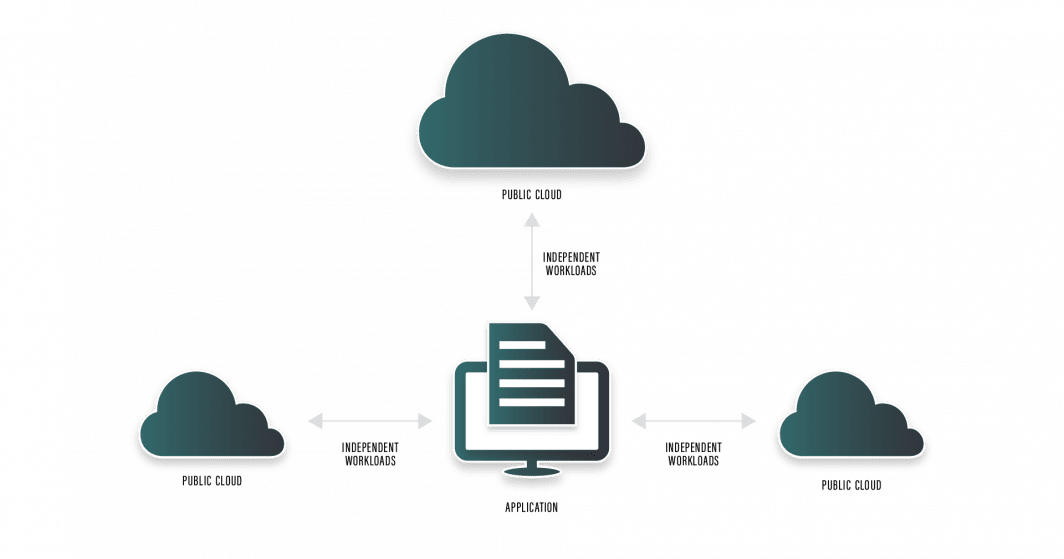
A multicloud environment uses two or more cloud providers to create a single, unified environment. In a multicloud, you can use different cloud providers for different workloads or applications so you can take advantage of the strengths of each cloud environment.
Like a hybrid cloud, multicloud allows you to avoid being tied to a single cloud provider, allowing you to choose the right cloud provider for each workload or application based on your cost, performance, and security requirements.
While multicloud can offer greater control, flexibility, and cost-effectiveness than a single cloud environment, managing a multicloud environment can be complex, so it’s essential to ensure that different cloud environments are properly integrated.
Build the skills to succeed in Cloud Computing by taking our certification course.


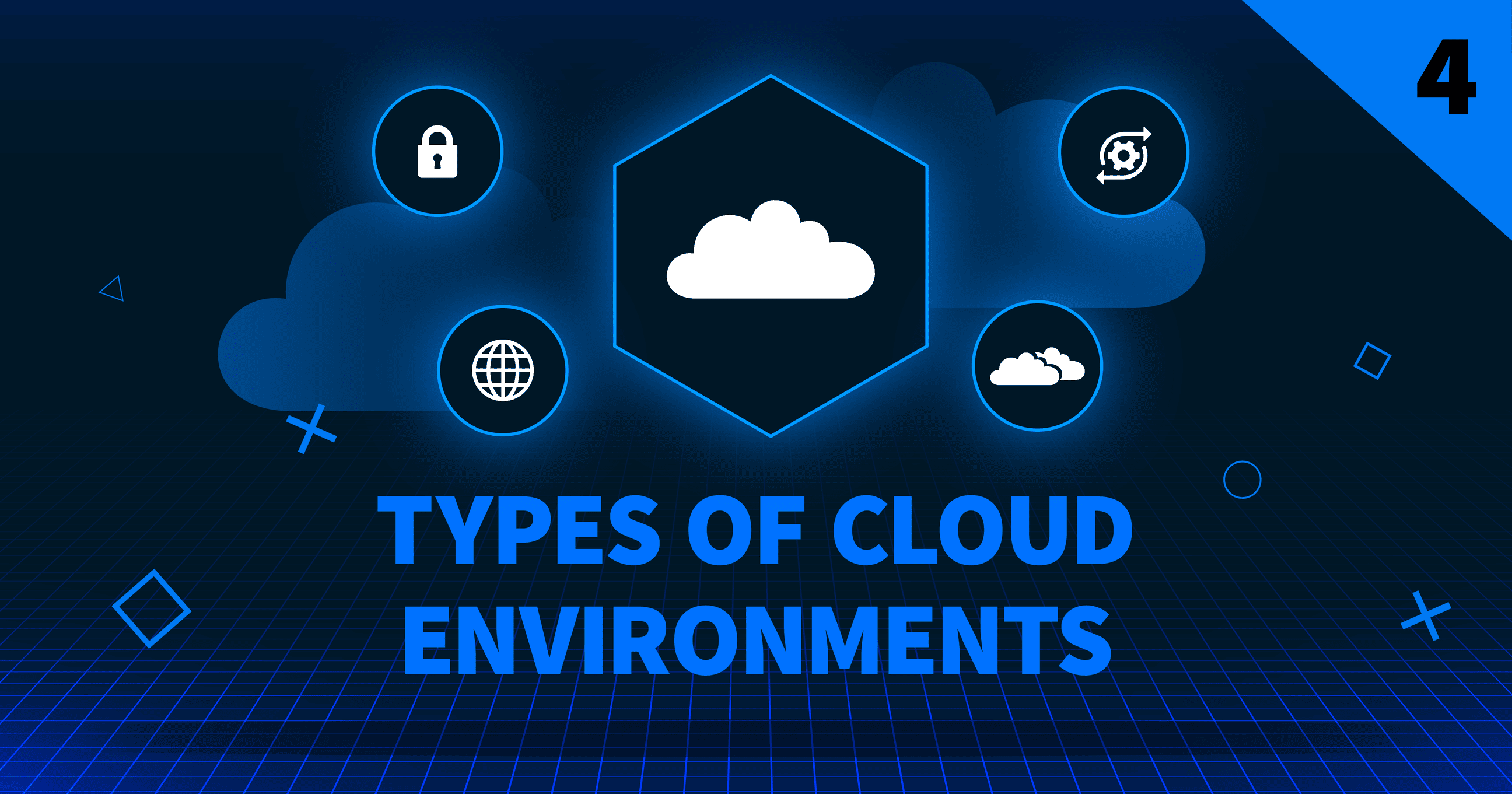



Comments